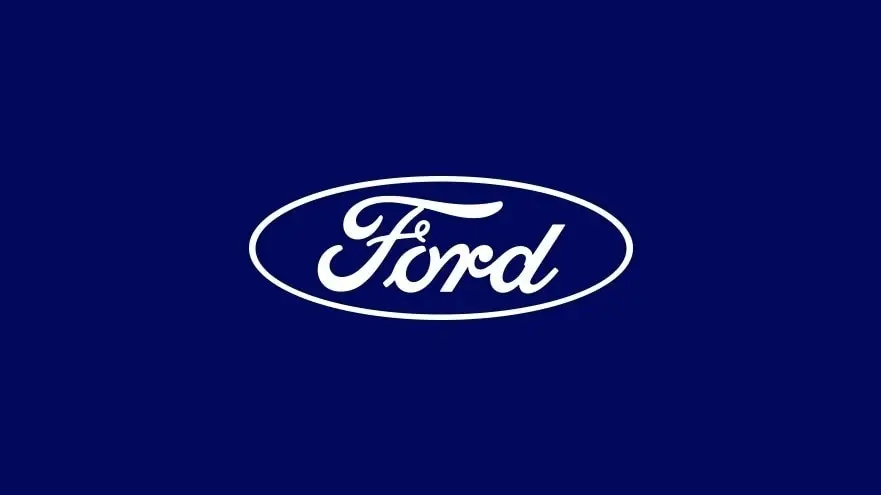DEARBORN, Mich., Aug. 21, 2024 – Ford Motor Company has announced a series of strategic adjustments aimed at enhancing the profitability and capital efficiency of its electric vehicle (EV) business. The company is broadening its electrification options to meet customer demand while continuing its commitment to reduce carbon emissions.
Key Developments:
- Electrification Strategy: Ford is realigning its North American vehicle roadmap to focus on segments where it holds competitive advantages, including commercial vans, mid-size and large pickup trucks, and long-range SUVs. The company plans to introduce a new commercial van in 2026, followed by two new pickup trucks in 2027.
- Cost Reduction Initiatives: Ford is implementing a new affordable electric vehicle platform designed to lower costs and increase production efficiency. This platform aims to support a variety of vehicle styles for both retail and commercial markets.
- Battery Sourcing Realignment: The company is adjusting its battery sourcing strategy to optimize costs and maximize capacity utilization, which is expected to contribute to lower overall costs in its EV portfolio.
- Future Plans: Ford will provide updates on its electrification strategy, technology developments, and capital requirements in the first half of 2025.
Market Context:
The electric vehicle market is undergoing rapid changes, with increased competition from global manufacturers, particularly from China. These competitors are leveraging cost advantages and advanced technologies to capture market share. As consumer preferences shift towards more cost-effective and practical electric vehicles, Ford recognizes the need for a globally competitive cost structure.
Leadership Insights:
Jim Farley, Ford President and CEO, stated, “We are committed to innovating in America, creating jobs and delivering electric and hybrid vehicles that make a real difference in CO2 reduction.” This reflects Ford’s focus on aligning its product offerings with customer expectations and market demands.
John Lawler, Ford Vice Chair and CFO, emphasized the importance of adjusting the product and technology roadmap to maintain profitability amidst pricing pressures. He noted, “We’ve made the decision to adjust our product and technology roadmap and industrial footprint to meet our goal of reaching positive EBIT within the first 12 months of launch for all new models.”
Commercial Vehicle Focus:
Ford’s next generation of electric vehicles will kick off with a commercial van assembled at its Ohio Assembly Plant in 2026. The company’s existing E-Transit model is currently the best-selling electric van in the U.S., indicating strong demand among commercial customers who prioritize total cost of ownership and operational efficiency.
New Developments in Vehicle Design:
In 2022, Ford established a specialized team in California to innovate its approach to vehicle development. This team focuses on systems integration across design, engineering, and manufacturing to reduce costs and complexity. The first vehicle from this initiative will be a mid-sized electric pickup, expected to launch in 2027.
Broader Electrification Choices:
Recognizing that battery costs remain a barrier for larger vehicles, Ford plans to introduce a new family of electrified three-row SUVs that will include hybrid technologies. This strategy aims to provide a range of options that meet diverse customer needs while maintaining efficiency and performance.
Battery Production and Sourcing
Ford is realigning its battery production strategy to qualify for tax credits under the Inflation Reduction Act. Plans include moving some Mustang Mach-E battery production to Michigan and enhancing the capacity of its Kentucky plant to support current and future electric vehicles.
Conclusion
Ford’s strategic adjustments signal its commitment to maintaining a competitive edge in the evolving electric vehicle market. The company aims to balance customer preferences with economic realities, ensuring a sustainable and profitable growth trajectory.


Leave a Reply